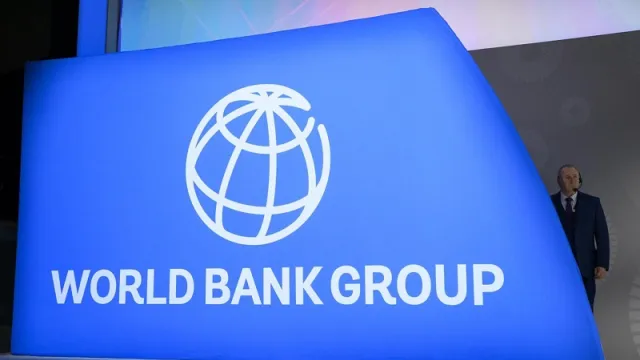World Bank forecasts 5.2% growth for Kenya

World Bank forecasts 5.2% growth for Kenya
The World Bank's economic projections for Kenya in 2024 anticipate a growth rate of 5.2 percent even as it said the cost of living remains high across the region. While this forecast offers a positive outlook for the country's economic trajectory, it also cautions regarding the potential impact of conflict-induced oil price increases.
World Bank warns that further oil price increases would not only lead to higher food prices, driven by elevated production and transportation costs, but could also disrupt supply chains.
Across the broader East African Community, Rwanda stands out with the highest projected growth at 7.5 percent, followed closely by the Democratic Republic of Congo (DRC) at 6.5 percent.
Uganda is expected to achieve a growth rate of 6 percent, while Tanzania is set to post a 5.5 percent economic expansion. Meanwhile, South Sudan, entering an election year, is projected to register a more modest economic uptick of 2.3 percent.
The World Bank's latest update underscores the significant challenges faced by Kenya and several other countries in Sub-Saharan Africa, pointing to a range of downside risks that could impede economic progress.
Among these risks are the heightened potential for political instability and violence, particularly in the Middle East. Additionally, the threat of disruptions to global or local trade and production looms large, presenting a substantial hurdle to sustained economic growth.
The frequency and intensity of adverse weather events add another layer of complexity, posing a risk to agricultural productivity and food security, particularly in a region where a substantial portion of the population is vulnerable to such shocks.
Read also: How financial institutions can strengthen MSMEs to grow their role in the economy
High cost of living
Further, high cost of living remains a persistent challenge across Kenya and Sub-Saharan Africa, exacerbating economic hardships for the poor and contributing to increased food insecurity.
The World Bank notes that despite some retreat in global food and energy prices from their 2022 peaks, disruptions to trade and production, whether on a global or local scale, could reignite consumer price inflation.
Of particular concern is the potential impact on food prices, further compounding the challenges faced by vulnerable populations in Kenya and the broader region.
Looking ahead, the World Bank projects that growth in Sub-Saharan Africa will accelerate to 3.8 percent in 2024 and continue to firm to 4.1 percent in 2025 attributable to easing inflationary pressures and improved financial conditions.
“Without a major course correction, the 2020s will go down as a decade of wasted opportunity,” said Indermit Gill, the World Bank Group’s Chief Economist and Senior Vice President. “Near-term growth will remain weak, leaving many developing countries—especially the poorest—stuck in a trap: with paralyzing levels of debt and tenuous access to food for nearly one out of every three people. That would obstruct progress on many global priorities.



